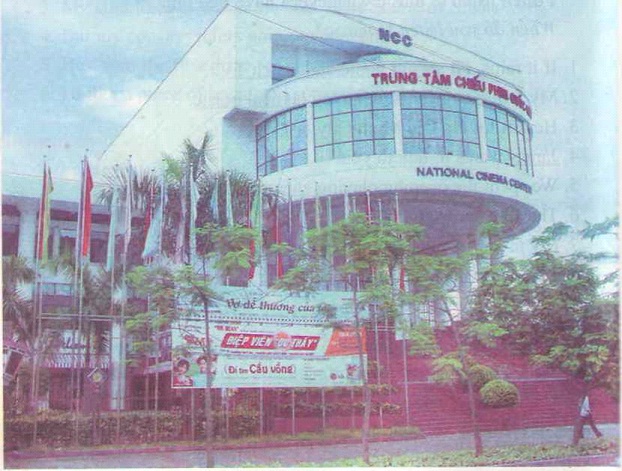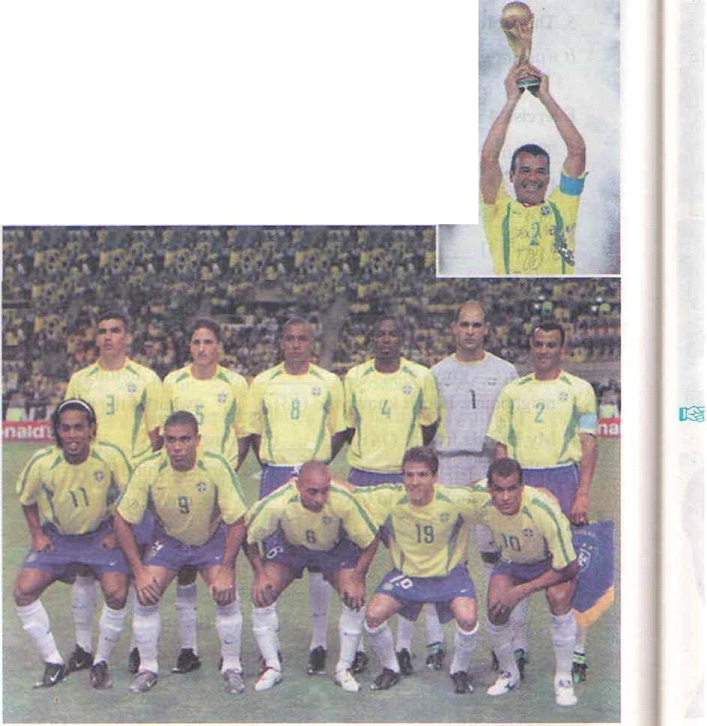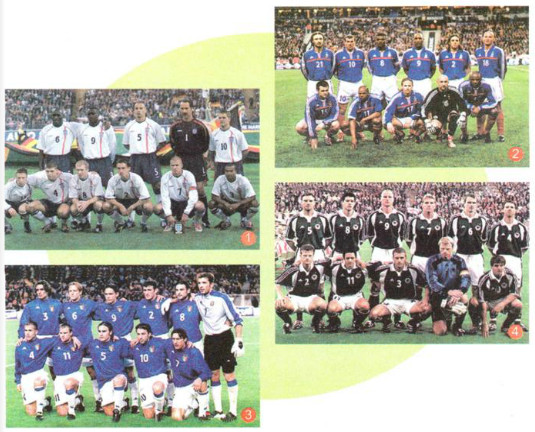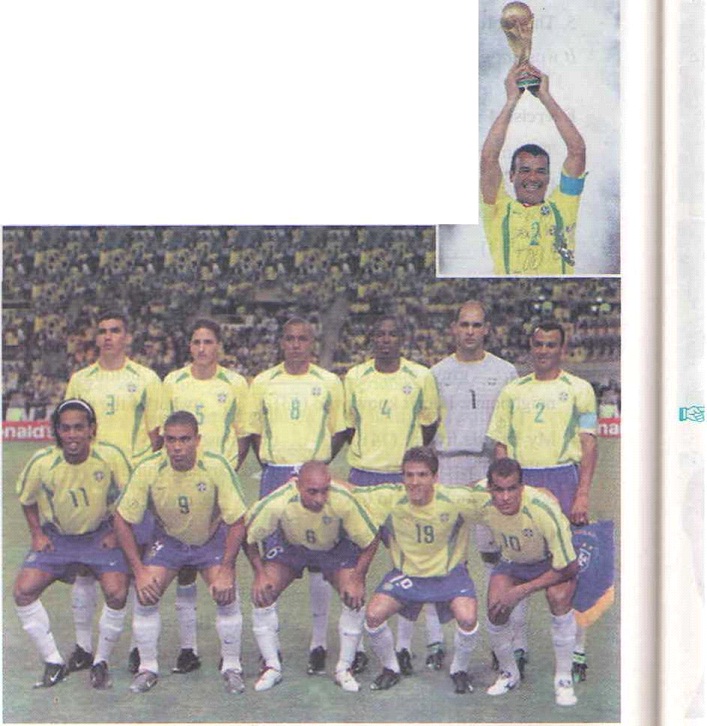
Reading - Unit 13 trang 132 SGK Tiếng Anh 10
Work with a partner. Answer the questions.(Làm việc với một bạn cùng học. Trả lời câu hỏi.)
- Bài học cùng chủ đề:
- Speaking - Unit 13 trang 134 SGK Tiếng Anh 10
- Listening - Unit 13 trang 136 SGK Tiếng Anh 10
- Writing - Unit 13 trang 137 SGK Tiếng Anh 10
- Ngữ pháp tiếng anh hay nhất
A. READING
BEFORE YOU READ
Work with a partner. Answer the questions. (Làm việc với một bạn cùng học. Trả lời câu hỏi.)
1. Do you want to see a film at the cinema or TV? Why?
2. Can you name some of the films you have some?
3. What kind of films do you like to see? why?
Trả lời:
1. I want to see a film on TV at home, because I feel more comfortable and free from the noise.
2. I've seen some films such as “Cuốn Theo Chiều Gió". “Thằng Gù Nhà Thờ Đức- Bà ”, and “Tể Tướng Lưu Gù”, ...
3. I like to see story and science films because these films reflect the facts in real life and convey moral ideas in the film stories, and in science films I can learn more about things around us.
WHILE YOU READ
Read the passage, and then do the tasks that follow. (Đọc đoạn văn, và sau đó làm bài tập theo sau.)
Click tại đây để nghe:
The history of what we call cinema today began in the early 19Ih century. At that time, scientists discovered that when a sequence of still pictures were set in motion, they could give the feeling of movement. In the first two decades of its existence, the cinema developed rapidly. In those early days, films were little more than moving photographs, usually about one minute in length. By 1905, however, films were about five or ten minutes long. They used changes of scene and camera positions to tell a story, with actors playing character parts. In the early 1910s, audiences were able to enjoy the first long films, but it was not until 1915 that the cinema really became an industry. From that time, film makers were prepared to make longer and better films and build special places where only films were shown. The cinema changed completely at the end of the 1920s. This wras when sound was introduced. The change began in America and soon spread to the rest of the world. As the old silent films were being replaced by spoken ones on the screen, a new cinema form appeared, the musicafcinema.
Dịch bài:
Lịch sử của những gì ngày nay chúng ta gọi là điện ảnh bắy đầu vào đầu thế kỷ 19. Vào lúc đó, các nhà khoa học khám phá rằng khi những cảnh của những hình tĩnh được làm chuyển động, chúng có thể tạo cảm giác chuyển động. Trong hai thập niên đầu của sự hiện hữu. điện ảnh phát triển nhanh chóng. Vào những ngày đầu tiên này, phim chỉ là những hình chuyển động, thường thường dài khoảng một phút. Tuy nhiên khoảng 1905. các phim dài khoảng năm hoặc mười phút. Chúng dùng sự thay đổi vị trí cảnh và máy quay phim để kể câu chuyện, với các diễn viên đóng các vai của nhân vật Vào những năm đầu thập niên 1910, khán thính già có thể thưởng thức những phim dài đầu tiên, nhưng mãi đến 1915 điện ảnh thật sự trở thành một nền công nghiệp. Từ lúc đó, các nhà làm phim được chuẩn bị làm những phim dài và hay hơn và xây dựng những nơi đặc biệt nơi đó chỉ phim được chiếu. Điện ảnh thay đổi hoàn toàn vào cuối thập niên 1920. Đây là khi âm thanh được giới thiệu. Sự thay đổi bắt đầu ờ Mỹ và chẳng bao lâu bành trướng đến phần còn lại của thế giới. Trong khi các phim câm cũ đang được thay thế bởi các phim nói trên màn ảnh, một hình thức điện ảnh mới, điện ảnh âm nhạc.
Task 1: Find the word in the passage that can match with the definition on the right column. (Tìm từ trong đoạn văn có thể,ghép với định nghĩa ở cột phải.)
|
1. |
film-making industry |
|
2. |
series of related events or actions |
|
3. |
a period of ten years |
|
4. |
quickly and in a short time |
|
5. |
part of a film |
|
6. |
a person in a film |
Trả lời:
|
1. cinema |
film-making industry |
|
2. sequence |
series of related events or actions |
|
3. decade |
a period of ten years |
|
4. rapidly |
quickly and in a short time |
|
5. scene |
part of a film |
|
6. character |
a person in a film |
Task 2: Work in pairs. Answer these questions. (Làm việc từng đôi. Trả lời câu hỏi.)
1. When did the history of cinema begin?
2. What did scientists discover at the time?
3. Did films in the early days have sound?
4. When were audiences able to see long films?
5. When was sound introduced?
6. What form of films appeared as the old silent films were being replaced by spoken ones?
Trả lời:
1. The history of cinema began in the early 19th century.
2. At that time, scientists discovered that when a sequence of still pictures were set in motion, they could give the feeling of movement.
3. No, they didn't.
4. Audiences were able to see long films in the easrly 1920s.
5. The sound was introduced at the end of the 1920s.
6. As the old silent films were being replaced by spoken ones, the musical cinema appeared.
Task 3: Decide which of the options below is the best title for the passage. (Quyết định câu chọn nào trong những chọn lựa dưới đây là tựa đúng nhất cho đoạn văn.)
A. The Story of a Film Maker
B. A Brief History of Cinema
C. The History of the Film Industry
Trả lời:
B. A Brief of Cinema
AFTER YOU READ
Work in groups. Talk about the passage, using the cues below (Làm việc từng nhóm. Nói về đoạn văn, dùng từ gợi ý dưới đây.)
19th century 1910s 1920s
1905 1915
Trả lời:
Cinema began in the early 19th century. And by 1905, films were about five or ten minutes long. In Ihe early 1910s, audiences were able to enjoy the first long films.
And it was not until 1915 that cinemas really became an industry. At the end of the 1920s, the cinema changed completely.
- Unit 1: a day in the life of..- một ngày trong cuộc sống của...
- Unit 2: school talks - những buổi nói chuyện ở trường
- Unit 3: people's background - lý lịch con người
- Unit 4 :special education - giáo dục đặc biệt
- Unit 5 :technology and you - công nghệ và bạn
- Unit 6: an excursion - một chuyến du ngoạn
- Unit 7: the mass media - phương tiện truyền thông đại chúng
- Unit 8: the story of my village - chuyện làng tôi
- Unit 9 : undersea world
- Unit 10: conservation
- Unit 11 : national parks
- Unit 12: music
- Unit 13: films and cinema
- Unit 14: the world cup
- Unit 15: cities
- Unit 16: historical places
- Tổng hợp từ vựng lớp 10 (vocabulary) - tất cả các unit sgk tiếng anh 10






